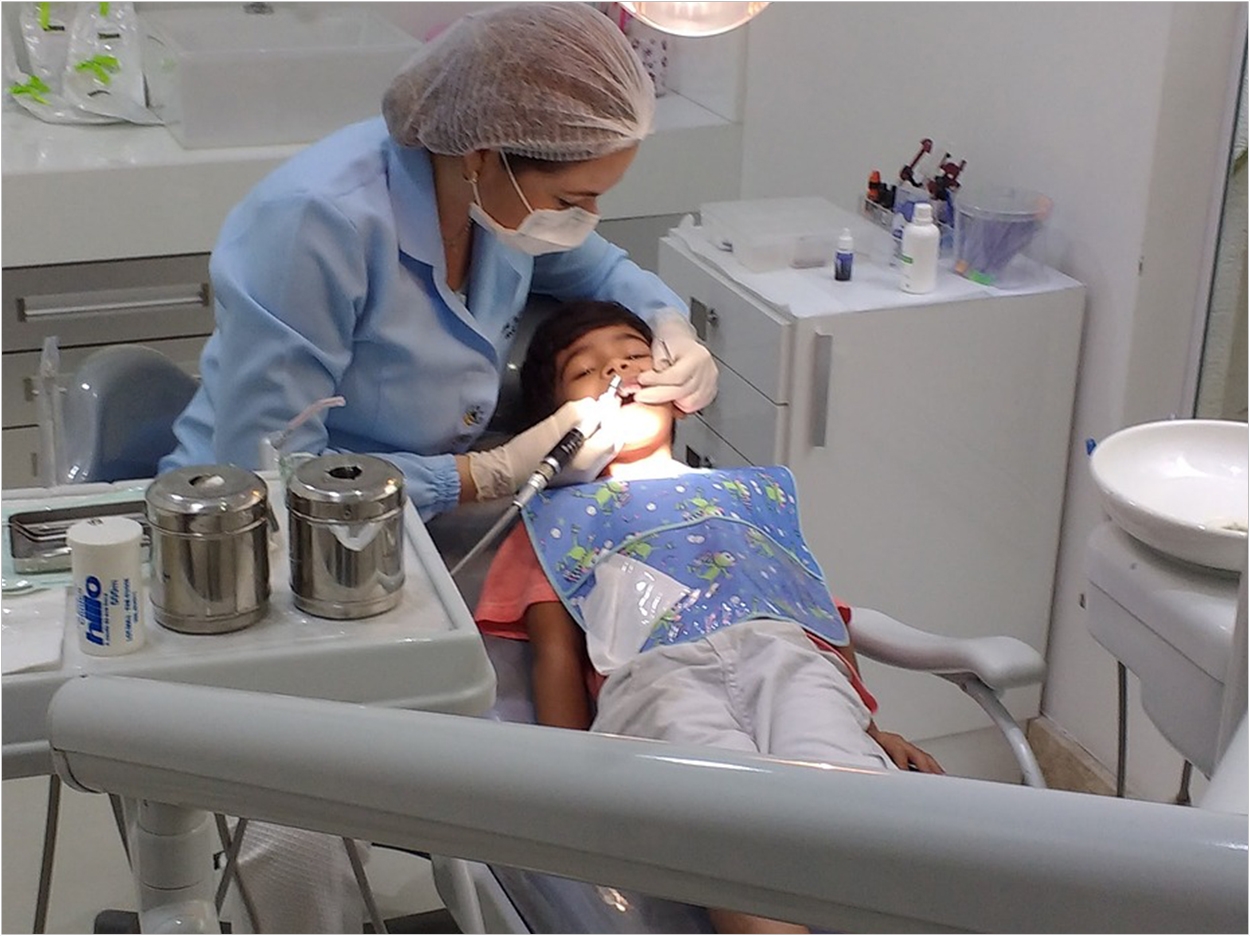
Federal funding for the Children’s Health Insurance Program (CHIP), which provides medical and dental coverage for 8.9 million children, expired on September 30. Now, more than 100 healthcare organizations, including the ADA and the Children’s Dental Health Project, are asking Congress to extend funding for at least 5 years via the bipartisan Keep Kids’ Insurance Dependable and Secure (KIDS) Act of 2017.
Created in 1997, CHIP has helped to reduce the number of uninsured children in the United States by 68%, according to the Children’s Dental Health Project. It serves children whose families do not qualify for Medicaid but who would still struggle to afford private coverage, including dental coverage. Its supporters note that children covered by CHIP are more likely to have preventive physician and dentist visits and less likely to report unmet needs.
“By allowing funding for the program to lapse, Congress is leaving states and, more importantly, the children they cover vulnerable and facing an uncertain future,” said Meg Booth, executive director of the Children’s Dental Health Project. “Some policymakers are suggesting that states can buffer this blow, but it is clear that there are real and immediate ramifications.”
The consequences of the expiration will vary state by state. While Virginia’s CHIP allotment won’t be exhausted until March 2018, anticipated complications will require the state to start taking action this month. Alabama’s CHIP is in the process of developing a contingency plan if it shuts down. Minnesota expects to take extraordinary measures to continue coverage, while Colorado, Utah, and Arizona may end their work without federal funding.
Scheduled for a hearing in the Senate Finance Committee on Wednesday, the KIDS Act would extend CHIP funding through 2022, allowing states to continue their programs while giving them the flexibility to support innovation and research efforts. It also would continue the current 23% increase in the federal matching rate for CHIP programs for 2 years before beginning to taper off.
“Above all, we must consider families—not just the families who may postpone necessary checkups for fear they will not be covered, but also the parents who may have a child in critical care today who do not know what their coverage may look like tomorrow,” said Booth. “Providers are equally concerned about the implications of providing care to patients who may not be able to cover the out-of-pocket costs of unreimbursed care.”
Related Articles
Pediatric Dental Care Requires New Policies to Improve
Most Children on Medicaid Lack Dental Services
The Top Three Reasons Why Kids Don’t See the Dentist












